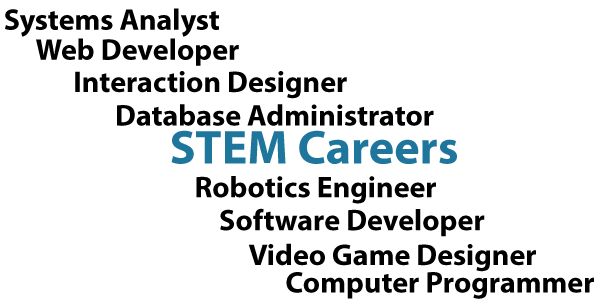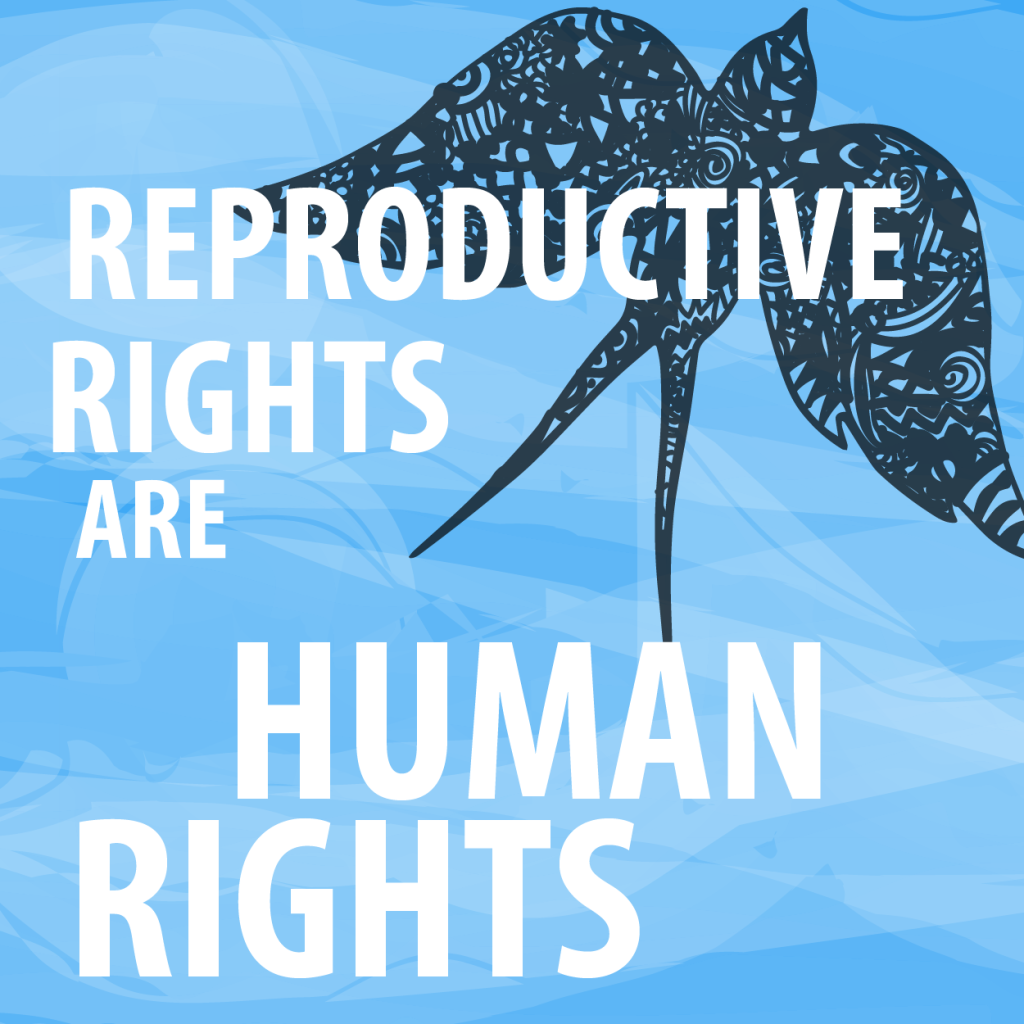Highlights From The 2014 ATE PI Conference
Last week I was invited to present web design/development instructional prototypes at this year’s ATE PI, an annual conference held in Washington DC that looks at ways to improve STEM education and workforce development in community colleges nationwide. My presentation was sponsored by the National Science Foundation.
I presented two websites I created from scratch, or hand-coded – Global Exchange Reality Tours and Women Talking to educators and policymakers from around the country. The point of the presentation was to showcase new ways to teach web design and development skills in an innovative classroom setting that will attract more students. I received a lot of great feedback on the prototypes.
Web development is one of the fastest growing fields today. However, there are not enough students pursuing these ICT careers. I have discussed many times here the need to address the fact that the United States beginning to lag behind in the global economy because of the lack of American STEM workers.
In my home state of Massachusetts, its Department of Education released a new report yesterday, Degrees of Urgency, that also warns that the Commonwealth is not graduating enough students in these skilled fields to fulfill growing demands in the economy.
Community colleges are best suited to train future leaders in these fields because they are already set up to provide vocational training. Also, community colleges are more affordable and accessible to more people than four-year colleges. In addition, these schools attract a more diverse student body, from young people fresh out of high school, to veterans returning to civilian life, to single parents going back to school, to working professionals looking to enhance their skills. I went to my local community college last year to take some programming skills.
I also had a chance to talk with other STEM employers at the conference about their hiring frustrations. Terry Iverson, president and CEO of the machinery distributor Iverson and Company, dispelled the common belief that there are no more manufacturing jobs in America. In fact, he said there are many U.S. based jobs, but many people don’t want them because of social stigma.
Chandra Brown, deputy assistant secretary for manufacturing at the U.S. Department of Commerce, spoke to the conference about her concern about the lack of women and minorities in these fields. She noted that workforce diversity improves dividends for many STEM employers.
“We need to tap into a resource we haven’t tapped into yet,” she said.
Keith Masback, CEO of the United States Geospatial Intelligence Foundation, precision technology is the future and can see job growth.
There were other people from around the country presenting STEM educational tools too that I would like to point out:
I finally got to meet the guys behind STEM Guitar, a program that uses guitar building to teach STEM subjects.
Bay Area Video Coalition (BAVC) provides digital media and programming training to underrepresented groups in the San Francisco area.



